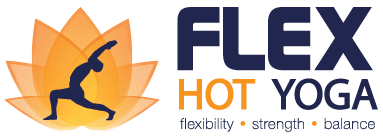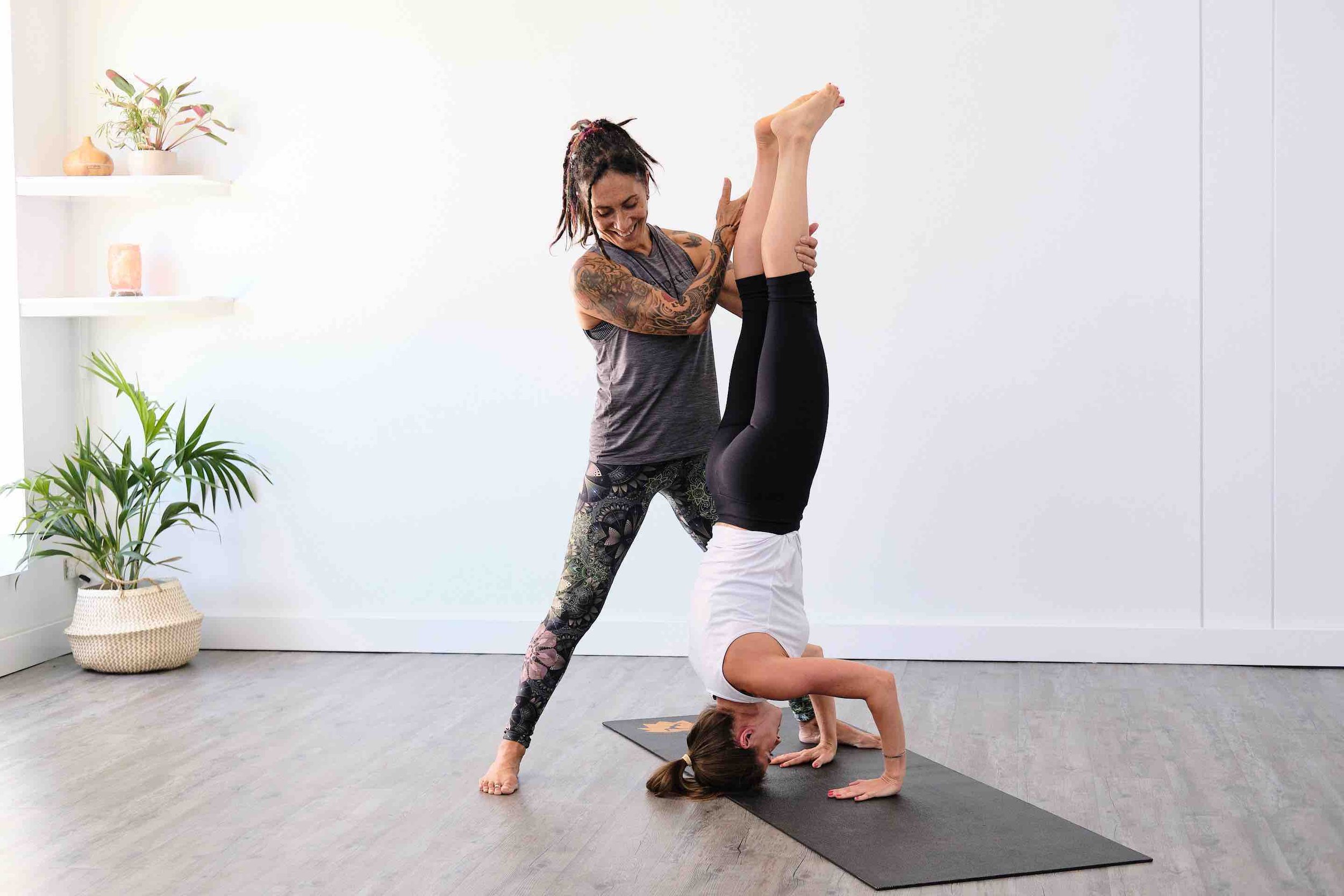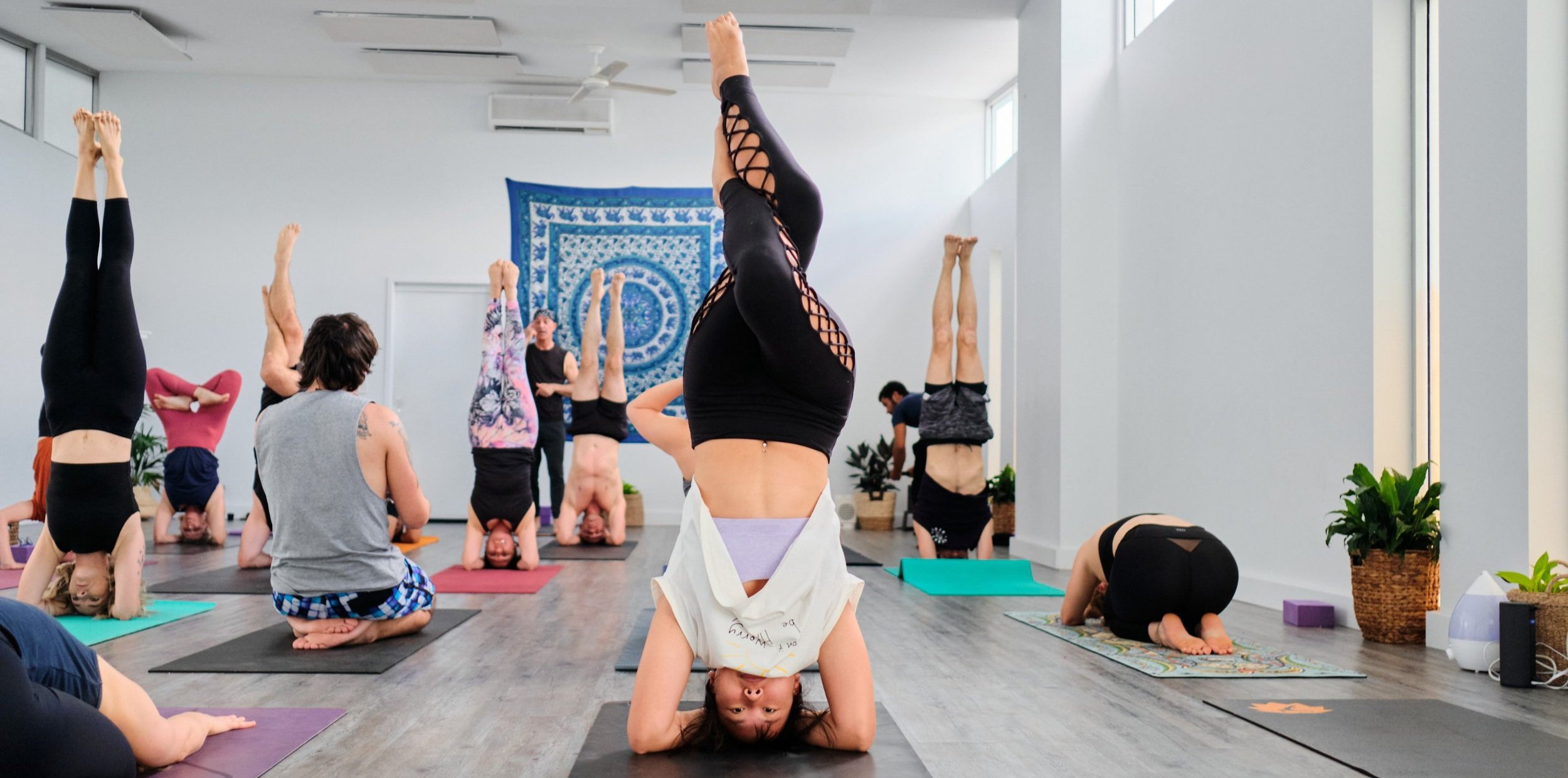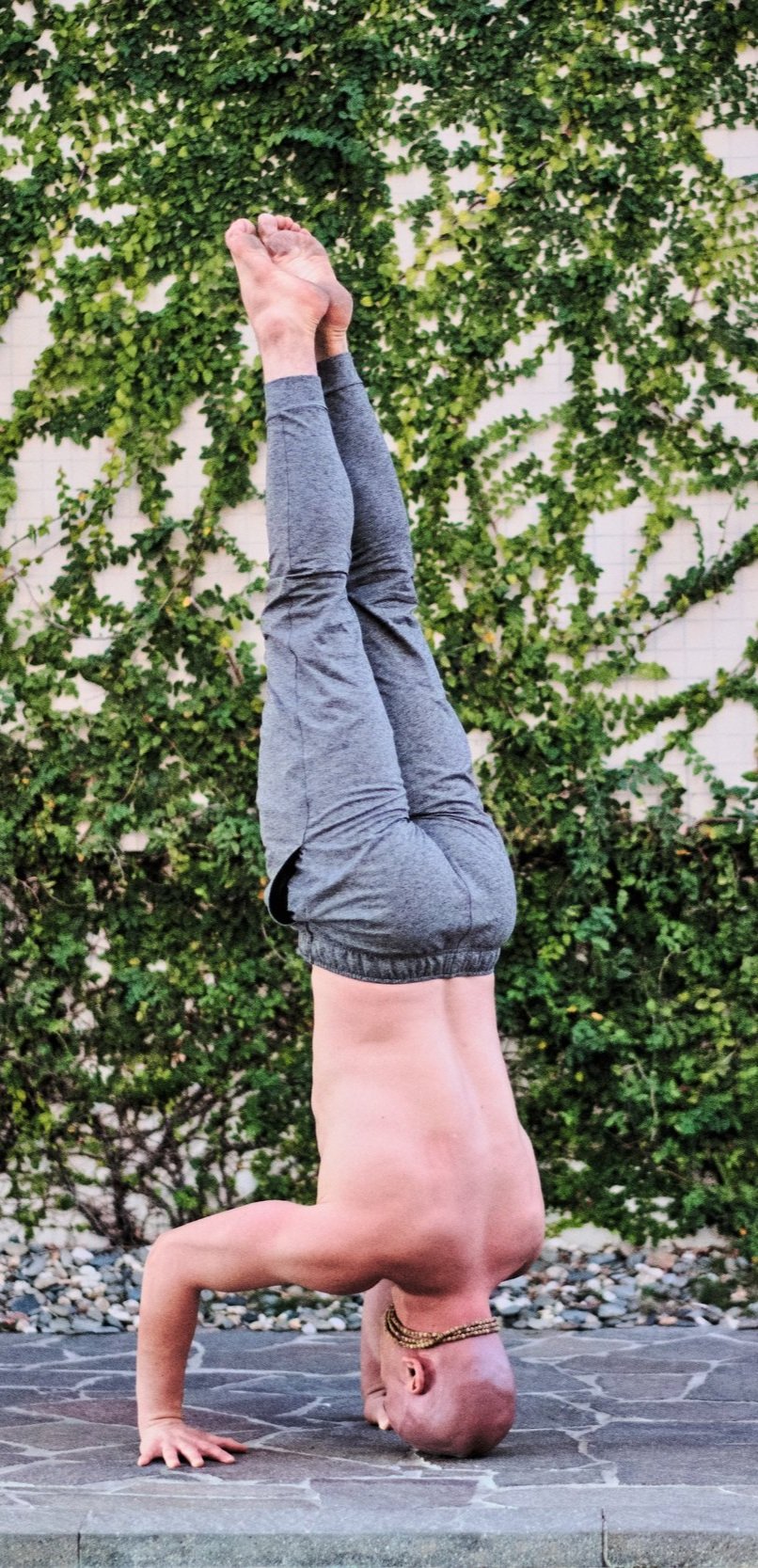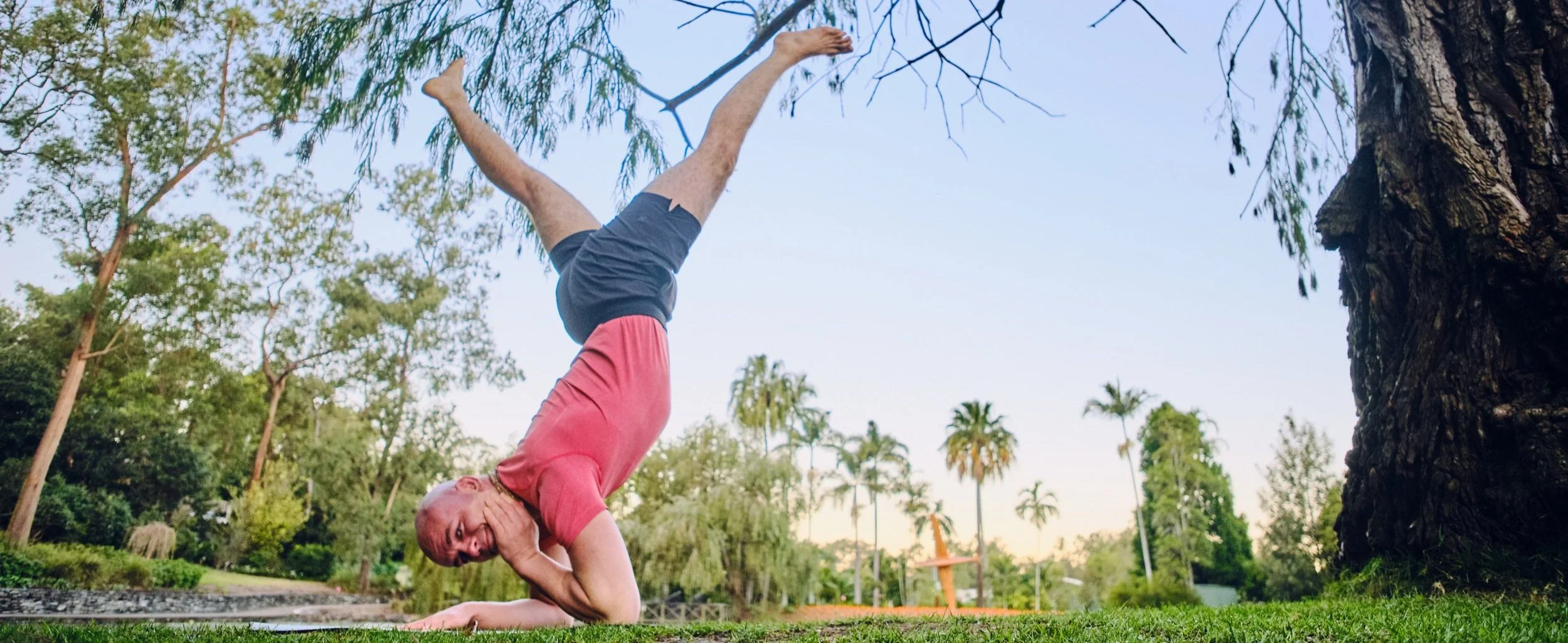Posture of the month: Sirsasana (Headstand)
Put your head down and get on with it!
This July, we will practice Sirsasana, frequently called the ‘King of Postures’ among the yoga community. In Sanskrit, Sirsasana simply means 'Headstand', from Sirsa (head) and Asana (seat or posture).
As a full inversion (being upside down), it looks challenging and - to many beginners - rather scary. It is, however, quite achievable, since it doesn’t require any extraordinary strength. Most importantly, it is recommended to start practicing headstands under a skilled teacher, to make sure you learn to get safely into and out of the posture, and have someone there to let you know whether you are holding it symmetrically or are off balance.
The benefits of practicing Sirsasana
As a full inversion, Sirsasana increases the blood flow to your heart and brain, thereby refreshing and energising the whole body. With increased amounts of oxygen and nutrients, you will feel a stronger sense of focus, vitality and clarity of thought. Further benefits of Sirsasana include:
Strengthens the core
Strengthens the muscles of your neck, shoulders, abdomen, and spine
Reduces the fluid buildup in your legs
Improves digestion
Relieves stress and alleviates anxiety
Helps deepen and calm the breath
Helps in the functioning of the pituitary gland, which supports the functioning of all endocrine glands
Benefits your eyesight
Improves the health of your hair and scalp
Helps redirect and transform sexual energy into spiritual energy
Contraindications
There are certain health issues that need to be considered before practicing the headstand. If you suffer from any of the below, please consult your GP before practicing headstands, and make your yoga teacher aware so they can provide viable alternatives.
Muscle strength - please make sure you are strong enough to perform a headstand and hold your body weight up with only your head and arms.
Issues with blood pressure - if you have high or low blood pressure, you should avoid headstands.
Issues with headaches, your brain, haemorrhaging or any issues with your blood - please avoid the pose.
Neck injuries or eye conditions - if you have weak eye capillaries, cataracts or conjunctivitis, avoid inversions, as they put unnecessary strain on your eyes and neck.
During pregnancy and menstruation - women should avoid headstands during these times.
So are you ready to put your head down into Sirsasana? Then come along to Flex regularly and practice with us! There are over 25 classes/week, and we will practice Headstands daily during all of July 2022!
Our gratitude for their wisdom this month goes to Shreya Gupta on healthshots.com and Manmohan at the ElephantJournal
